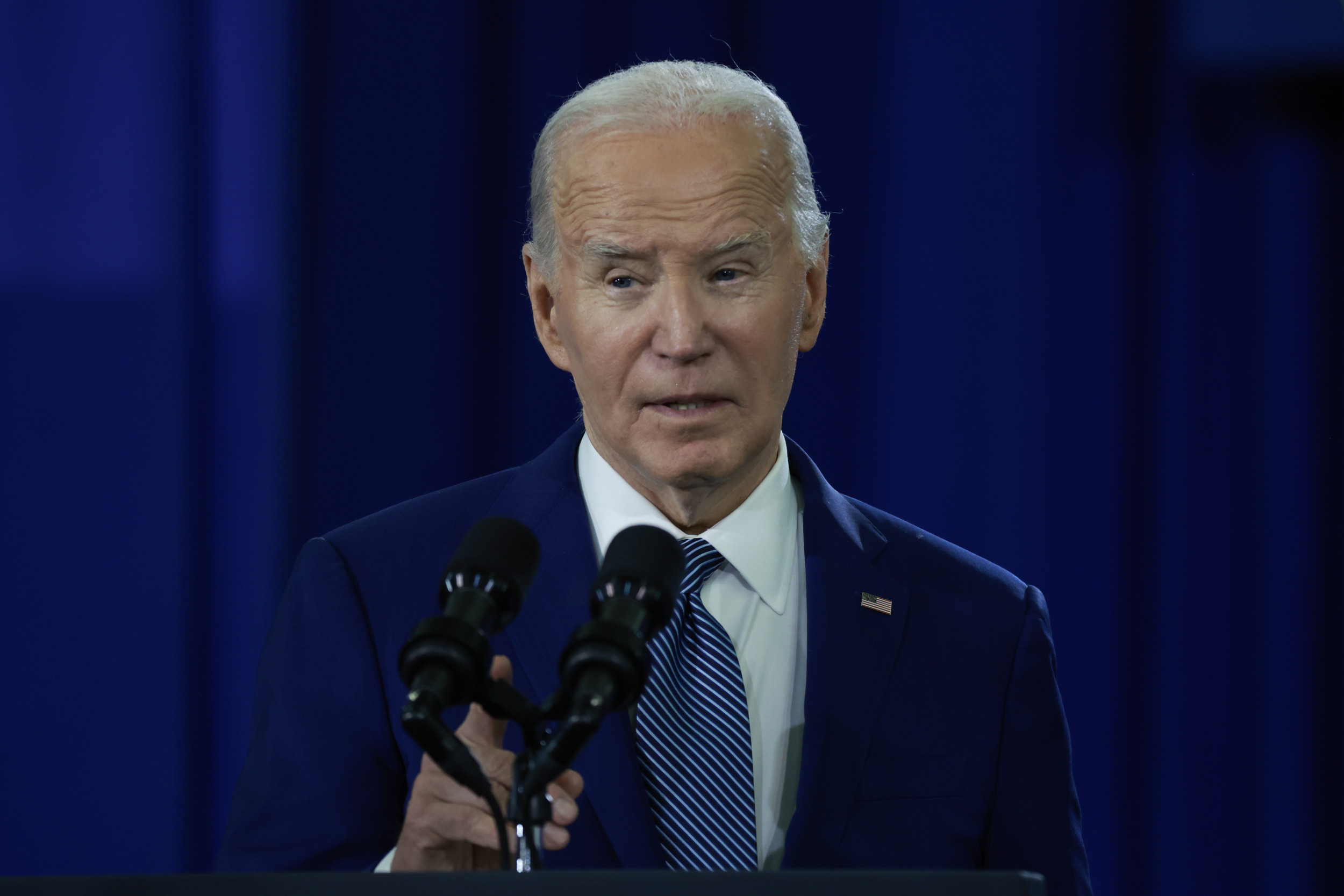As the U.S. population continues to age—due to lower birth rates and the biggest generations (Baby Boomers and Millennials) getting older—the number of older people still active in the workforce is growing. While this graying workforce is helping to drive the economy, experts told Newsweek that it is not all good news.
Data from the Bureau of Labor Statistics shows that the median age of the U.S. labor workforce went from 40 in 2002 to 42.1 in 2012 and 41.8 in 2022. By 2032, the bureau expects the median age to reach 42.7—42.8 for men and 42.5 for women.
A recent Pew Research Center report found that in 2023 roughly one in five Americans aged 65 and older were employed—nearly twice as many as those working some 35 years ago. At the same time, older workers have also increased their earning power, from $13 per hour in 1987 to $22 in 2022, according to the Pew Research Center.

"Based on Pew Research Center analysis of Census Bureau data, in 2023 11 million adults aged 65 and older were working," Richard Fry, senior researcher for social & demographic trends at Pew Research Center, told Newsweek. "That is 8.1 million more than were employed in 1987. In percentage terms, 19 percent of older adults worked in 2023. In 1987 11 percent of older adults worked."
Read more: Investment Portfolio: What It Is and How to Build a Good One
Joseph Quinn, professor of economics at Boston College, told Newsweek that the recent rise in the number of older people in the U.S. workforce is "mostly, but not entirely, an upbeat story."
Their increased presence in the country's labor market is "good for them, which is why most of them are doing it, good for the companies smart enough to hire them, and good for the economy," he said. "More workers means more output, which we need in an aging society."
But there are two sides to the coin. While the increase in the number of older people still working could be a crucial solution to the country's aging problem and could overturn long-standing agism in the labor market, many over the age of 65 are still working because they have to, not because they wish to.
"Don't forget the old man or woman checking you out at Target or Walmart, who is probably there because s/he has to, and would prefer not to be working, but cannot afford not to," Quinn said.
Why Are People Working Longer Instead of Retiring?
There are several possible factors contributing to older Americans working longer than they did 35 years ago. First of all, they're now allowed to choose when they retire.
"The older American population has changed. It is healthier and has higher levels of formal education," Fry told Newsweek. "Older Americans who had a pension in the 1980s likely had an old-style pension plan—formally, a defined benefit plan," he continued.
These old-style pensions forced the employee to retire at a certain age. "Over time old-style pensions have gone out of favor," Fry said. "Today's older adults who have a pension plan tend to have 401ks and IRAs—formally, defined contribution plans. The new style pension plans do not have a mandatory retirement age and thus older employees can continue to work."
Read more: Compare Top IRA Accounts
Gregory DeFreitas, professor of economics and director of the Center for Study of Labor and Democracy at Hofstra University, New York, told Newsweek, "It was good that we got rid of mandatory retirement for most workers years ago," he said. But with the average worker's pay rising only slowly and with the new pensions shrinking and being much less stable—as, like 401k, are linked to the stock market–than their predecessors, older people are feeling much less secure.
The uncertain future of the Social Security program plays a role in this.
"There's been a lot of anxiety among workers, young and old, about whether Social Security will be there for them with the baby boomers retiring, that makes millennials nervous about the stability of the program," DeFreitas said.
"All of this has contributed to the decline of the sturdier defined benefit pensions and to older workers feeling that if they can hang on to a job after their mid-60s, maybe it's a good idea to help out their families and their kids, because it's been so hard for them to get real pay increases."
Another factor is that the job market has changed dramatically in the past 35 years. "The jobs of today are not like the jobs of the 1980s. They have shifted to become more 'age-friendly'," said Fry. "That is, they have more of the characteristics that older adults prefer and so older adults are more willing to work."
Research shows that older adults want jobs that don't involve strenuous labor, and have flexible schedules and a degree of autonomy.
One More Blow To Millennials?
While the rise in the number of older people still in the workforce is good news for the American economy, generally, it might not be entirely positive for younger generations.
Older people still working are going to contribute to Social Security and help older Millennials who are turning 40 now, said DeFreitas, but they might be also keeping high-wage, senior jobs away from the younger generations, both Millennials and Gen Zers.
The Pew Research Center's study found that while older workers' wages have grown, those of younger people have trailed them. The existing gap between older and younger workers' wages has narrowed significantly in the past 35 years.
In 1987, younger workers—aged 25 to 64—averaged mean annual earnings of $49,000, while older workers—aged 65 and above—earned about $27,600. In 2023, this gap was much smaller: younger workers earned $73,700, while older workers averaged $58,600. All numbers were calculated using 2022 dollars.
The narrowing of the gap between generations is mostly due to the fact that older people are now working longer hours and taking full-time jobs, according to the Pew Research Center, whereas before they worked fewer hours in part-time jobs.
"With declining family sizes and restrictions on immigration, older American workers are going to be one of the most important sources of labor force growth in the country," DeFreitas said.
"Whether it's going to be a net benefit for youth is tricky to say, because if a lot of workers are hanging on to senior positions, that could mean less opportunity for young people to get a chance at promotion or at least have that opportunity delayed."
Uncommon Knowledge
Newsweek is committed to challenging conventional wisdom and finding connections in the search for common ground.
Newsweek is committed to challenging conventional wisdom and finding connections in the search for common ground.
fairness meter
To Rate This Article
About the writer
Giulia Carbonaro is a Newsweek Reporter based in London, U.K. Her focus is on U.S. and European politics, global affairs ... Read more
To read how Newsweek uses AI as a newsroom tool, Click here.








